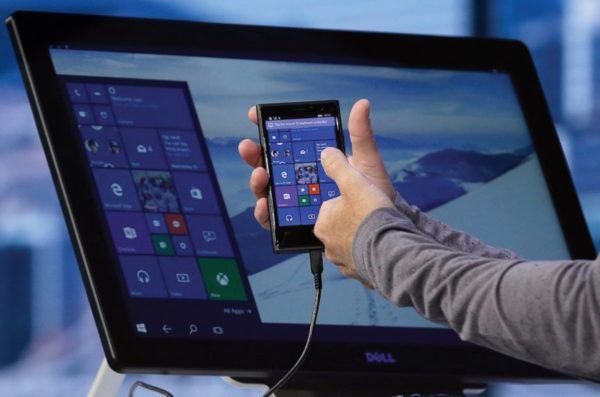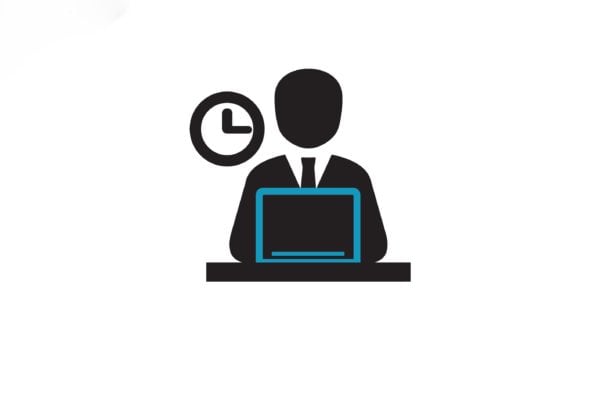A Custom Mobilized application and productivity of an enterprise
This is the third opus of a series of posts and comments published by « Enterprise Mobility Matters » which will be the subject of a “parallel blogging” experiment with Analystik, editor of the « Productivité + » blog, onto which you will find a reply to these posts and comments.
Why Develop a Customized Mobility Application?
We have ended our third post with this conclusion: “Now, can a Smartphone contribute to optimizing those processes critical to mobile workers productivity? A true leader will immediately proceed by analyzing its critical business processes and assessing their optimization potential with Smartphones. He will have in no time put into place metrics to ensure the productivity gains are at the rendezvous!!!”
And while analyzing your critical processes, a question may erupt at the top of your mind. Shall I develop a customized mobile application?
The question is quite simple and the answer is as simple, since the « required-to-be- mobilized » function is not available within the mobile applications park, you will most probably be facing one of three situations calling upon a customized mobile application:
- The business function to be mobilized is in fact part of a custom-made application
Ex: ERP which was custom-made for your enterprise can be mobilized. It will be available to any smartphone compatible with some restriction.
- An activity executed on the road can now be automated, thanks to Smartphones capabilities
Ex: technicians are now using BlackBerry’s instead of paper forms.
- New-generation Smartphones increased capabilities let us anticipate some internal business functions to be mobilized.
Ex: An enterprise CRM advanced functionalities such as access to strategic data mobilized.
The smartphone power helps to get mobilized application
Let’s mention, to make our point, that today’s Smartphones technical specs (BlackBerry Storm, iPhone, Treo Pro) are quite impressive for such little devices:
- processors from 400 to 600 MHz
- screens up to 480×360 pixels
- memory cards up to 32 Go
- 3.2 megapixels cameras.
Let’s not forget that at the turn of the Millennium, a lot of people were working with desktops just barely faster. Hard disks were not at 1 Go yet and desktop digital cameras were still quite exotic!
From the moment your business operation specifics require the development of a customized mobile application, you will have but only two choices:
- Smartphone embarked application
- Web application calling upon your Smartphone Internet capabilities
Which is which, how to choose between developing an « embarked » versus a « Web » mobile app? What follows is more of an analysis guide than a comprehensive list of evaluation criteria.
5 development steps
1st step
- The first point to assess the “criticality” level of the application to be mobilized. Must this application run at all time and at all cost, in an uninterrupted fashion in order to ensure the enterprise or the workers productivity? If so, then without any doubt you must develop a Web app onto which your Smartphones will hook themselves.
2nd step
- Secondly, security is a serious matter to take into account. Can you keep embarked data, or transferred data or data captured on the road on the device without any risk for either the enterprise or its clients’ security? If not, then a Web app is your best solution again.
3rd step
- The nature of the application to be mobilized is also not to be neglected. Is this application processing much more data than it is providing? For example, verifying the quantity of a specific item in inventory demands a lot of processing but delivers only one data; thus, the processing is done with data only available from the inside of the enterprise to which your Smartphone doesn’t have access, then…
4th step
- Another important criteria to consider is the geographical environment of the mobile workers, do they always have good network connectivity? If not, then you should capitalize on your Smartphone.
5th step
- Finally, the nature of your operations or of the job on the road can tell you how to go about things. For example, if your operations call upon functions such as taking a picture, a vocal note, downloading and/or reading a file, etc.? Then, it’s a no brainer.
In any case, more than anything, your top motivation for developing a customized mobile application is the existence of a potential gain and the final justification should be the confirmation of the expected gain. If there is an opportunity to do better or more or do the same but with less resource with the help of a Smartphone, then you shouldn’t hesitate!!! The logic is quite simple, how or when will the development cost be compensated by the expected gains; in short, what is the ROI?
Denis Paul van Chestein – Michel Martel











Lastest Comments